The Mausoleum of Atatürk, located in Ankara, the capital city of Turkey, stands as a symbol of national pride and reverence for Mustafa Kemal Atatürk, the founder and first president of the Republic of Turkey. Also known as Anıtkabir, the mausoleum is a majestic structure that commemorates Atatürk’s leadership, vision, and contributions to the nation. In this article, we will explore the significance of the Mausoleum of Atatürk, shedding light on its historical context, architectural features, and its role in shaping Turkey’s identity.
Historical Context: Mustafa Kemal Atatürk played a pivotal role in the establishment of modern Turkey. As the leader of the Turkish War of Independence and the founder of the Republic of Turkey in 1923, Atatürk initiated a series of political, social, and cultural reforms that transformed the nation. The Mausoleum of Atatürk was built to honor his memory and serve as a place of remembrance and reflection.
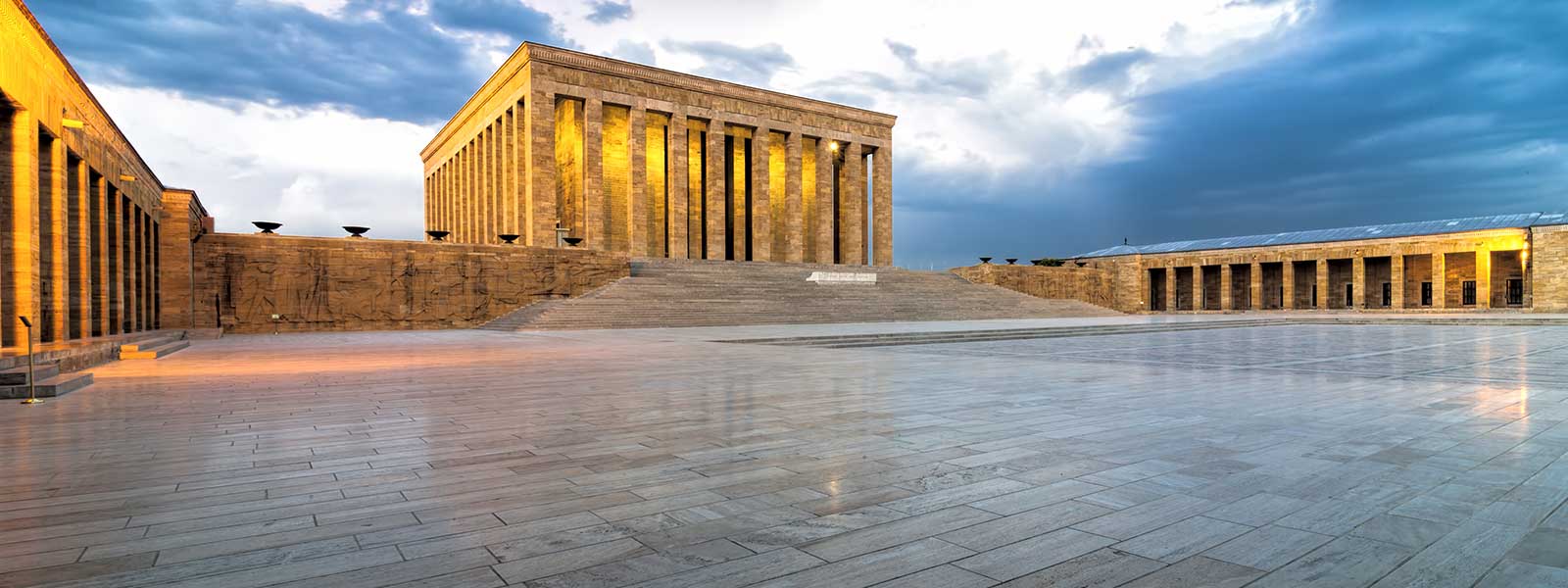
Architectural Features: The Mausoleum of Atatürk is an architectural marvel that reflects the grandeur and significance of Atatürk’s legacy. The mausoleum complex encompasses several structures, including the Road of Lions, the Ceremonial Plaza, and the Hall of Honor. The most prominent feature is the monumental tomb, where Atatürk’s remains are interred.
The mausoleum’s design draws inspiration from classical and neoclassical architecture, embodying a sense of strength, dignity, and timelessness. The towering marble structure, adorned with symbolic motifs and intricate detailing, creates a solemn and majestic atmosphere. The Ceremonial Plaza, with its impressive size and symmetry, provides a grand setting for national ceremonies and commemorations.
Role in Shaping Turkey’s Identity: The Mausoleum of Atatürk holds profound significance in shaping Turkey’s national identity. It serves as a pilgrimage site for Turkish citizens, who visit to pay their respects and honor the memory of Atatürk. The mausoleum represents a place of unity, where people from all walks of life come together to celebrate the ideals of the Republic and reaffirm their commitment to Atatürk’s principles of democracy, secularism, and modernization.
The mausoleum complex also houses the Atatürk Museum, which displays personal belongings, photographs, and artifacts related to Atatürk’s life and achievements. The museum provides a deeper understanding of Atatürk’s leadership and the transformative era in which he lived.
Visiting the Mausoleum of Atatürk: A visit to the Mausoleum of Atatürk offers a profound and immersive experience, allowing visitors to pay homage to Atatürk’s memory and gain insights into the nation’s history and values. As visitors approach the mausoleum, they traverse the Road of Lions, flanked by monumental statues symbolizing power and guardianship. The Ceremonial Plaza provides a solemn space for contemplation and reflection.
Inside the mausoleum, the Hall of Honor houses Atatürk’s tomb, adorned with wreaths and surrounded by an atmosphere of solemnity and respect. Visitors can also explore the Atatürk Museum, which offers a comprehensive glimpse into Atatürk’s life and the transformative period in Turkish history.
Conclusion: The Mausoleum of Atatürk,
as the final resting place of Mustafa Kemal Atatürk, holds immense historical and cultural significance for Turkey. It serves as a testament to Atatürk’s leadership, vision, and enduring legacy as the Father of Modern Turkey. The mausoleum’s architectural splendor and its role as a symbol of national unity and pride make it a must-visit destination for those seeking to understand and appreciate Turkey’s rich history and the enduring influence of Atatürk’s ideals.
Book Your Flights : Here 30% OFF on Booking
Book Your Hotels : Here 20% OFF on Booking

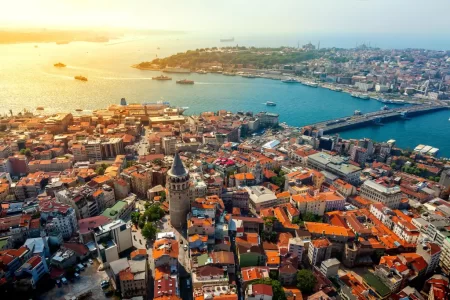
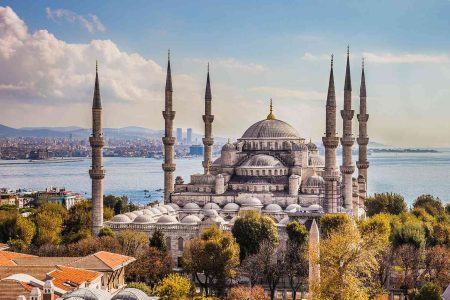
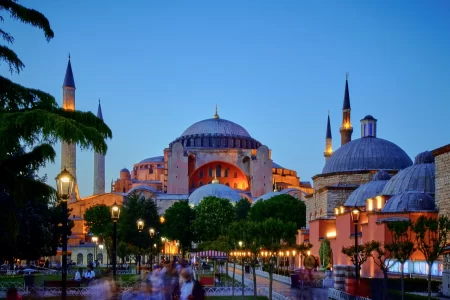


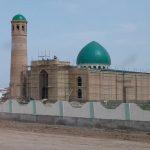

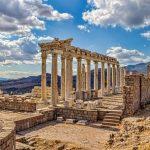

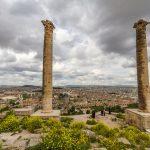
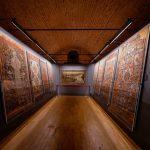
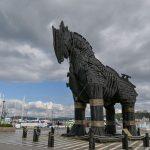

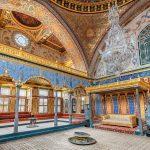

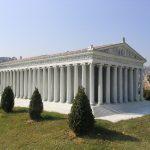
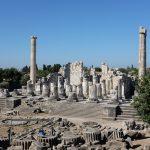
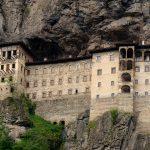
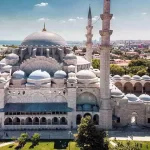
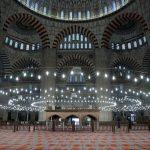
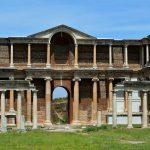
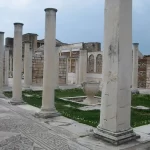




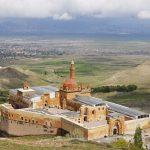


0 Comment